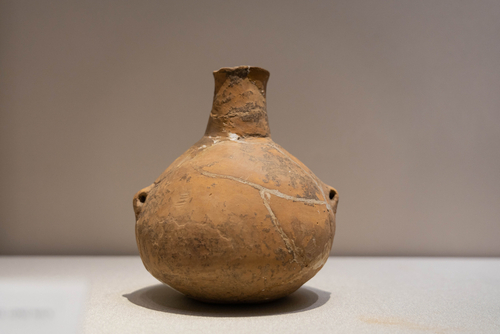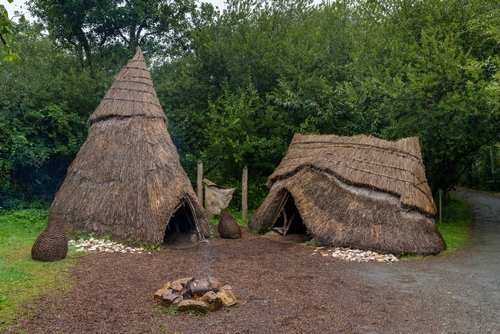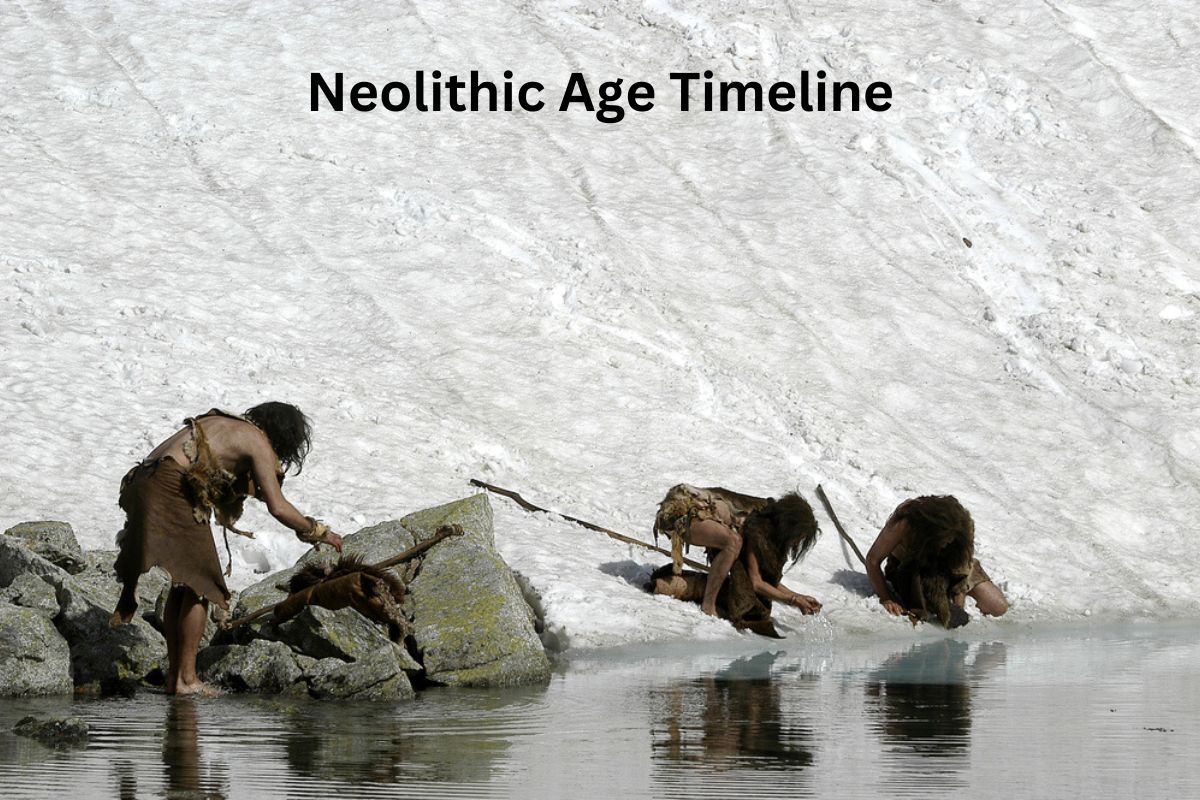The Neolithic Age, often referred to as the New Stone Age, was a pivotal period in human prehistory characterized by profound advancements in agriculture, technology, and social organization.
This era, which spanned from approximately 10,000 to 2,000 BCE, witnessed the transition from a nomadic, hunter-gatherer lifestyle to settled farming communities.
Key developments during this time included the domestication of plants and animals, the advent of pottery and new technologies, the growth of permanent settlements, and the emergence of early forms of governance and religion.
The Neolithic Age laid the foundation for the subsequent rise of complex civilizations and is a crucial chapter in the story of human civilization.
| Neolithic Age Period | Time Range | Key Developments and Characteristics |
|---|---|---|
| Pre-Pottery Neolithic | circa 10,000-8,000 BCE | – Emergence of agriculture and domestication in the Fertile Crescent. – Transition from a hunter-gatherer lifestyle to settled farming communities. |
| Pottery Neolithic | circa 8,000-4,000 BCE | – Development of pottery for cooking and storage. – Cultivation of wheat, barley, and legumes. – Spread of Neolithic culture to various regions. |
| Neolithic Revolution | circa 10,000-4,000 BCE | – Shift from hunting and gathering to agriculture. – Growth of permanent settlements and early cities. – Domestication of animals (cattle, sheep, goats). – Development of new technologies. |
| Late Neolithic | circa 4,000-2,000 BCE | – Increased social complexity, governance, and religious practices. – Construction of megalithic structures (Stonehenge, dolmens). – Further spread of Neolithic culture. |
Timeline of the Neolithic Age
Pre-Pottery Neolithic (circa 10,000-8,000 BCE):
During this period, humans began to make significant advancements in their way of life. One of the most crucial developments was the emergence of agriculture in the Fertile Crescent, which includes regions of modern-day Iraq, Syria, and Turkey.
Also Read: Facts About the Neolithic Age
People started to cultivate crops like wheat and barley and began the process of domesticating animals such as sheep, goats, and pigs.
This transition from a nomadic, hunter-gatherer lifestyle to settled farming communities marked a major turning point in human history. Settled communities allowed for more stable food sources, leading to population growth and the establishment of permanent dwellings.

Pottery Neolithic (circa 8,000-4,000 BCE):
The Pottery Neolithic period is characterized by the development and widespread use of pottery for various purposes.
Pottery was crucial for cooking, food storage, and transportation of goods. This innovation greatly improved the efficiency of food preparation and storage, which in turn supported larger populations.
Also Read: Timeline of the Prehistoric Era
Agricultural practices continued to advance during this period, with the cultivation of additional crops and the refinement of farming techniques. The Neolithic way of life spread to different regions beyond the Fertile Crescent, leading to diverse Neolithic cultures worldwide.
Neolithic Revolution (circa 10,000-4,000 BCE):
The Neolithic Revolution is a term used to describe the profound societal changes that occurred during this era. The shift from hunting and gathering to agriculture marked a fundamental transformation in how humans interacted with their environment and organized their societies.
With the advent of agriculture, people could produce surplus food, which allowed for the development of larger and more permanent settlements. This laid the foundation for the first cities and towns, as well as the establishment of social hierarchies and organized religion.
The domestication of animals like cattle, sheep, and goats provided not only a consistent source of food but also materials for clothing and tools. This development further enhanced the Neolithic way of life.

Late Neolithic (circa 4,000-2,000 BCE):
- In the Late Neolithic period, societies became increasingly complex. This complexity manifested in the form of more sophisticated governance structures, including early forms of leadership and decision-making.
- Religious practices and beliefs began to evolve, with the construction of megalithic structures serving as potential ritual sites. Famous examples include Stonehenge in Britain and dolmens found in various parts of the world.
- The Neolithic culture continued to spread to different regions and adapted to local conditions, resulting in a rich diversity of Neolithic societies worldwide.
The Neolithic Age represents a critical period in human history characterized by the transition from a nomadic, hunter-gatherer existence to settled farming communities, which laid the groundwork for the development of more complex civilizations in the subsequent Bronze Age and Iron Age.
